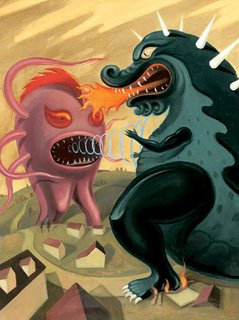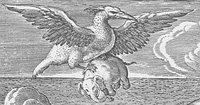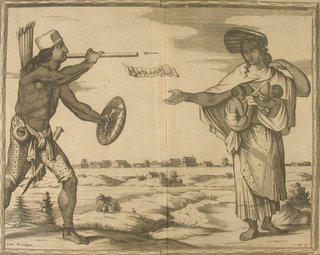 Philibert van Borssele, Binckhorst (1613)
Philibert van Borssele, Binckhorst (1613)This is a detail from the frontpiece of a book - no other images in it -
whose commentary makes little sense to me even when translated.
 Laughing Girl
Laughing GirlEtching by Isabel Bishop 1936
From: The Power of Woe, The Power of Life - Images
of Women in Prints from the Renaissance to the Present
at Bayly Art Museum, University of Virginia.
 The Birch Bark Book © Martin Grund -
The Birch Bark Book © Martin Grund - click flag for english explanation -
a book made from the bark of a birch tree
during a 4 month stay in Siberia
[via Metafilter]
 Fulvio Fontana 1711 Etchings of Penitents ..Imagini**
Fulvio Fontana 1711 Etchings of Penitents ..Imagini**There's a whole series of these self-flagellators and on
another day I might have made a post just about them.
But the series I saw was quite repetetive.
**These don't turn up on a regular google search so I presume I snagged them from FotoMarburg/Amsterdam University+/-PicturePedagogica image databases, where I've been rummaging of late.











































































































